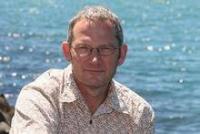 I have been listening to a lecture by Victoria University climate scientist, James Renwick, who has recently moved to the university from his post as principal climate scientist at NIWA. In the seminar he sets out in broad terms some of the latest developments in the science. It’s a very clear summation, with some recent interesting graphs and charts, showing the direction which in which climate change is continuing to move. Needless to say there’s no change in direction apparent. I recommend the lecture as well worth listening to. I’ll only touch lightly in this post on the scientific content of the lecture; my main purpose is to highlight comments Renwick made along the way indicating the concern he feels about where we are headed.
I have been listening to a lecture by Victoria University climate scientist, James Renwick, who has recently moved to the university from his post as principal climate scientist at NIWA. In the seminar he sets out in broad terms some of the latest developments in the science. It’s a very clear summation, with some recent interesting graphs and charts, showing the direction which in which climate change is continuing to move. Needless to say there’s no change in direction apparent. I recommend the lecture as well worth listening to. I’ll only touch lightly in this post on the scientific content of the lecture; my main purpose is to highlight comments Renwick made along the way indicating the concern he feels about where we are headed.
I was particularly struck by an early statement made after he had remarked on the 2011 emissions reaching a record level of 31.6Gt and pointed to the graph of steadily increasing concentration of CO2 measured at Mauna Loa. I’ve transcribed it: Continue reading “Jim Renwick on the state of climate science”

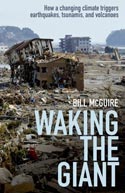 It’s only if we fail to grasp the enormity of the threatened impacts of climate change on the global environment that we can scoff at the notion that even volcanic eruptions and earthquakes may be triggered as a consequence of our continuing to burn fossil fuels. Not that it’s an easy consequence to appreciate, but vulcanologist
It’s only if we fail to grasp the enormity of the threatened impacts of climate change on the global environment that we can scoff at the notion that even volcanic eruptions and earthquakes may be triggered as a consequence of our continuing to burn fossil fuels. Not that it’s an easy consequence to appreciate, but vulcanologist 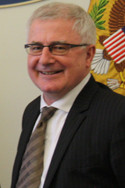 I listened to Climate Change Minister Tim Groser being questioned about the ETS on
I listened to Climate Change Minister Tim Groser being questioned about the ETS on 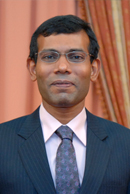 An interesting
An interesting 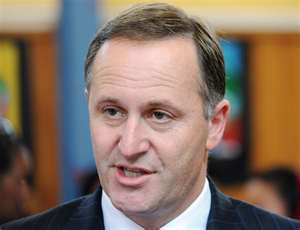 One wearies of lamenting the government’s inability to view proposed paths of economic development from the perspective of climate change. But as they continue to trumpet economic solutions which are inimical to facing the challenge of global warming there is little option but to keep reiterating that they need to take a longer term view.
One wearies of lamenting the government’s inability to view proposed paths of economic development from the perspective of climate change. But as they continue to trumpet economic solutions which are inimical to facing the challenge of global warming there is little option but to keep reiterating that they need to take a longer term view.